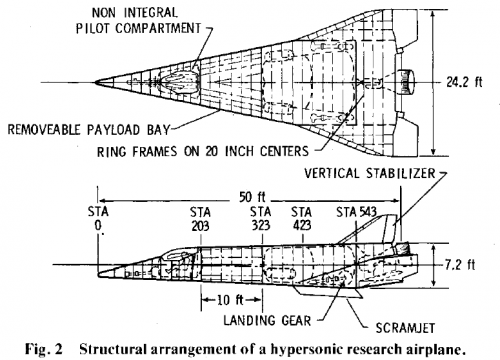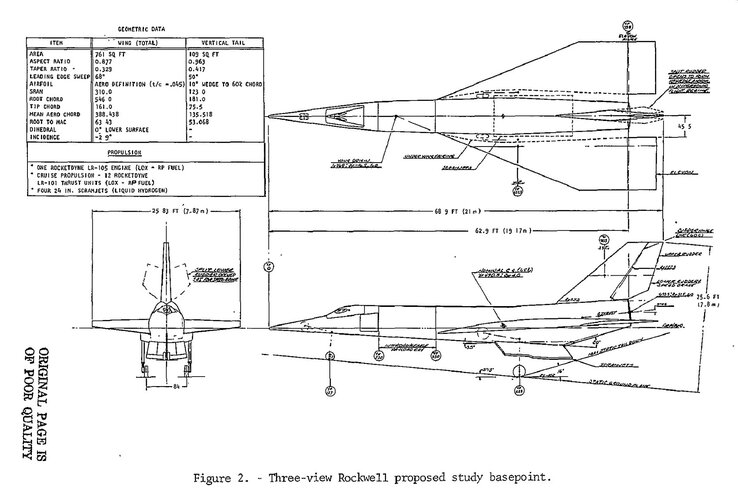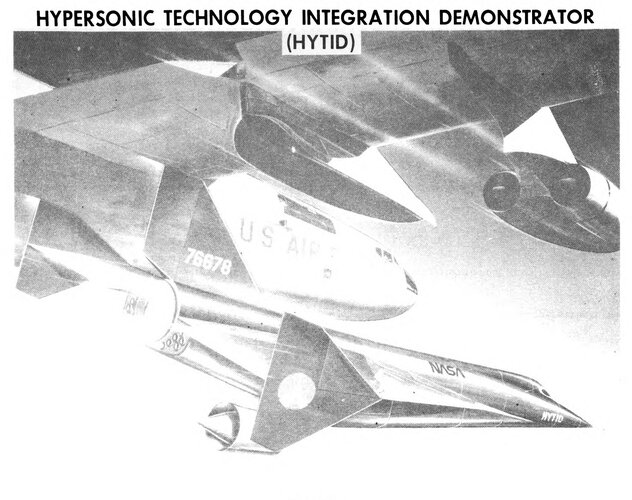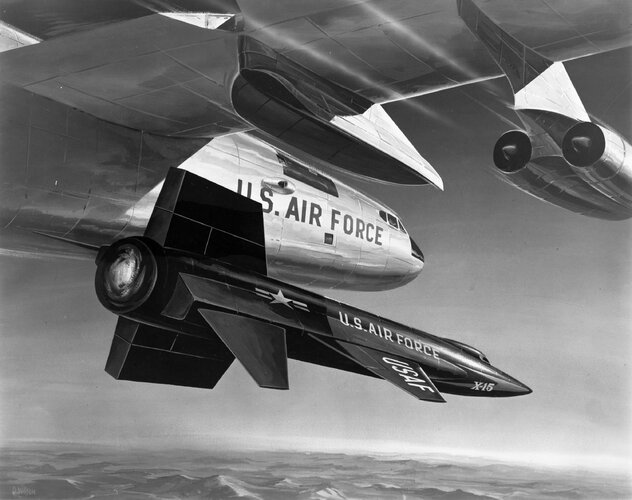- Joined
- 1 April 2006
- Messages
- 11,401
- Reaction score
- 10,328
"The Air Force was engaged in the development of the Hypersonic Technology Integration Demonstrator (HYTID), formerly known as NHFRF, to accelerate the development and demonstration of technology for future military systems designed to operate within the atmosphere at speeds between Mach 4 and 8.
The primary objective of HYTID was to conduct experimental research in the hypersonic test environment -available within its flight capability envelope. Sufficient design flexibility was built into HYTID so that it could accommodate the aerodynamic drag, thermal interference heating, and flight control perturbations brought about by the installation and operation of all candidate experiments.
Those experiments that have a major vehiole design impact are associated with the airbreathing propulsion tests. As the specific impulse of airbreathing propulsion systems is an order of magnitude higher than rockets, their ultimate use in hypersonic vehicles is an attractive goal. To provide the test-bed capability to assure the development of these high-performance propulsion systems, HYTID was configured to the requirements of these systems. The most promising of these concepts today are the scramjets. However, they cause a major configuration impact, as the forebody of the fuselage must be configured to provide the inlet precompression properties required, while the afterbody must conform to the engine exhaust expansion requirements."
Source
NASA Conference Publication 2065 Part II
Recent Advances in Structures for Hypersonic Flight
Proceedings of a symposium held at Langley Research Center
Hampton, Virginia
September 6-8, 1978
The primary objective of HYTID was to conduct experimental research in the hypersonic test environment -available within its flight capability envelope. Sufficient design flexibility was built into HYTID so that it could accommodate the aerodynamic drag, thermal interference heating, and flight control perturbations brought about by the installation and operation of all candidate experiments.
Those experiments that have a major vehiole design impact are associated with the airbreathing propulsion tests. As the specific impulse of airbreathing propulsion systems is an order of magnitude higher than rockets, their ultimate use in hypersonic vehicles is an attractive goal. To provide the test-bed capability to assure the development of these high-performance propulsion systems, HYTID was configured to the requirements of these systems. The most promising of these concepts today are the scramjets. However, they cause a major configuration impact, as the forebody of the fuselage must be configured to provide the inlet precompression properties required, while the afterbody must conform to the engine exhaust expansion requirements."
Source
NASA Conference Publication 2065 Part II
Recent Advances in Structures for Hypersonic Flight
Proceedings of a symposium held at Langley Research Center
Hampton, Virginia
September 6-8, 1978
Attachments
-
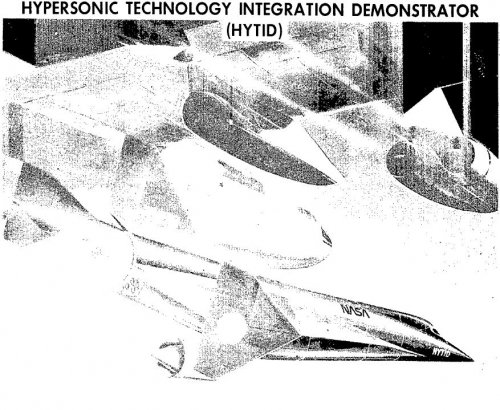 RI_HYTID_1979_1.jpg175.5 KB · Views: 601
RI_HYTID_1979_1.jpg175.5 KB · Views: 601 -
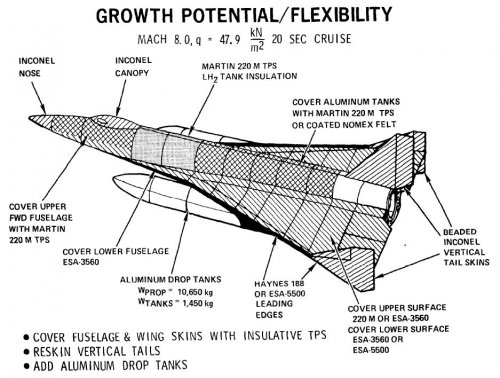 RI_HYTID_1979_9.jpg137.3 KB · Views: 338
RI_HYTID_1979_9.jpg137.3 KB · Views: 338 -
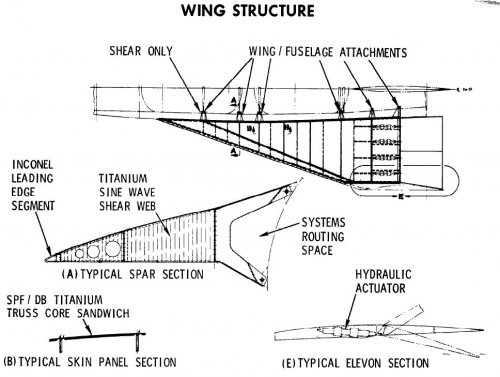 RI_HYTID_1979_8.jpg101.6 KB · Views: 274
RI_HYTID_1979_8.jpg101.6 KB · Views: 274 -
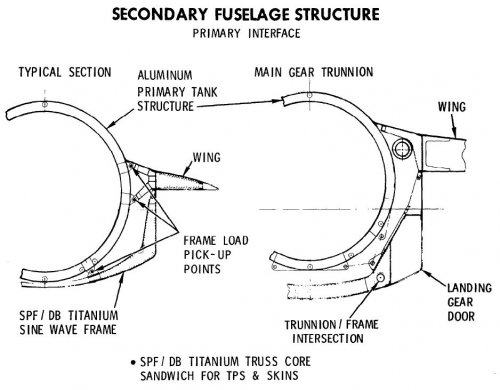 RI_HYTID_1979_7.jpg86.5 KB · Views: 243
RI_HYTID_1979_7.jpg86.5 KB · Views: 243 -
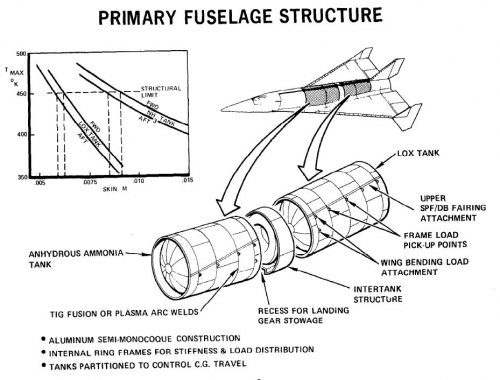 RI_HYTID_1979_6.jpg105 KB · Views: 471
RI_HYTID_1979_6.jpg105 KB · Views: 471 -
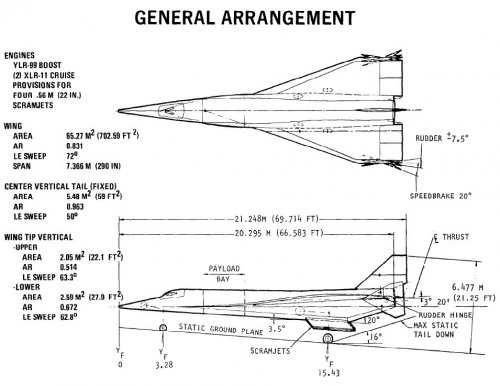 RI_HYTID_1979_5.jpg97.9 KB · Views: 516
RI_HYTID_1979_5.jpg97.9 KB · Views: 516 -
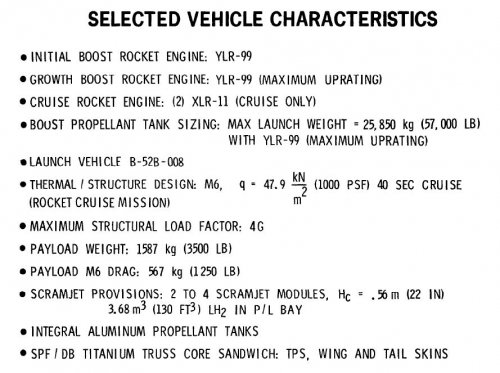 RI_HYTID_1979_4.jpg97.6 KB · Views: 444
RI_HYTID_1979_4.jpg97.6 KB · Views: 444 -
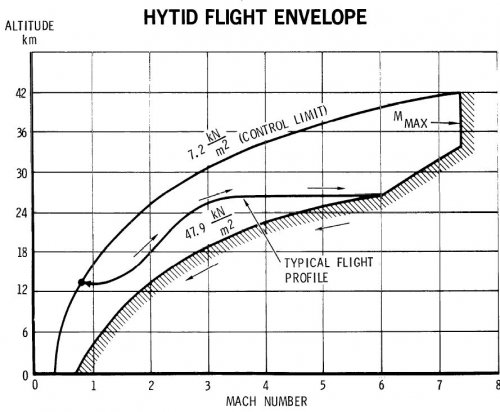 RI_HYTID_1979_3.jpg84.3 KB · Views: 457
RI_HYTID_1979_3.jpg84.3 KB · Views: 457

